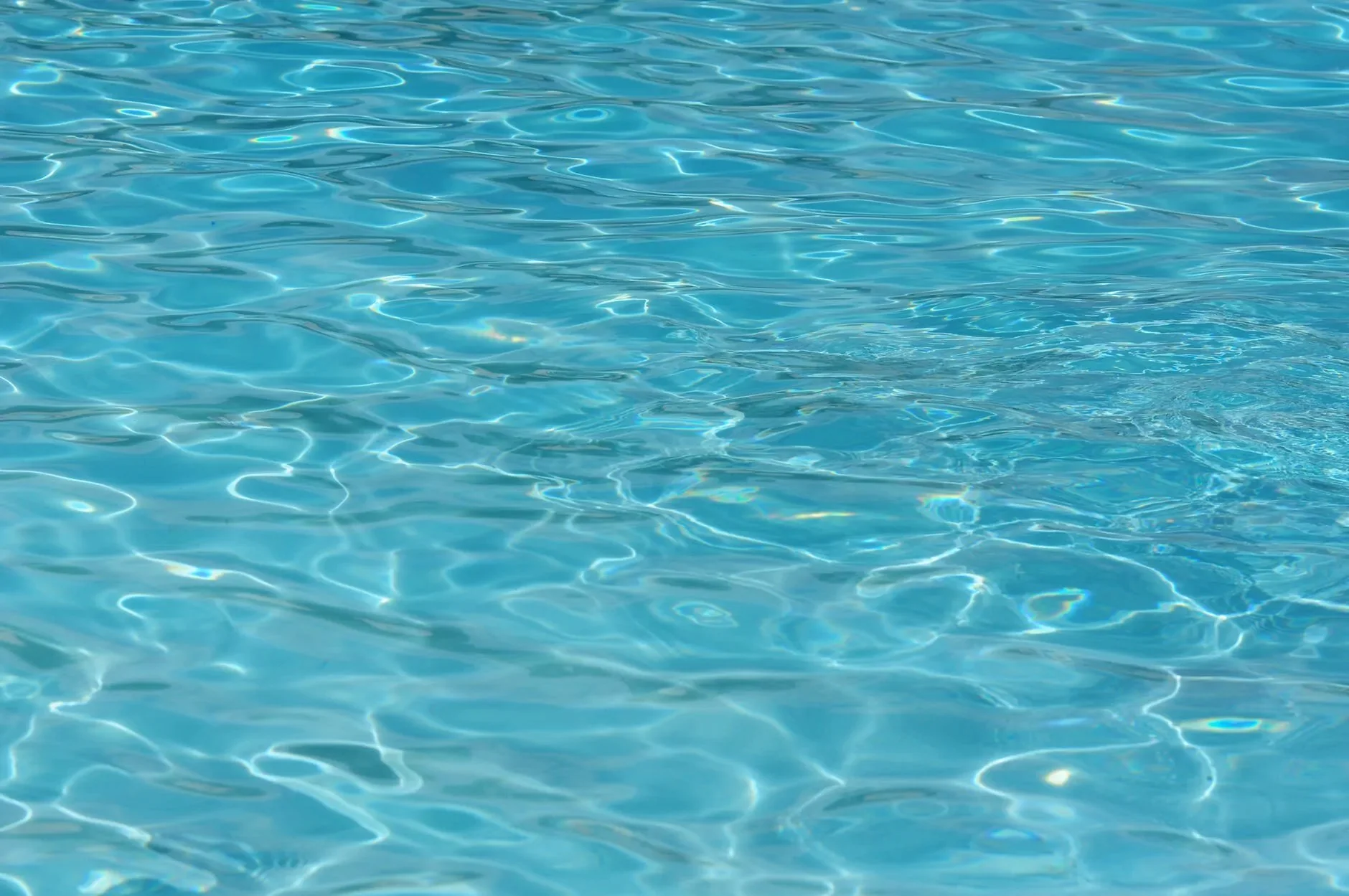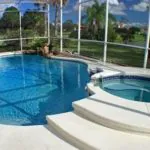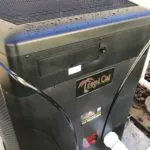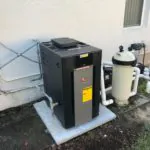This article was inspired by Bert Testerman's recent Kalos training video and an article he wrote for HVAC School: “Pool Heater Water Flow Issues.” Bert is a senior technician who trains our apprentices and focuses on continuous internal training for all of our techs.
The dog days of summer have been over for a while, but we've still been able to enjoy our pools because of Florida's ever-warm climate.
However, winter is coming. So, it's about time to start using your pool heater again if you want to keep swimming through the cold season.
As you begin using your pool heater, you may notice issues with your pool or spa not heating up properly. Water flow issues are the most common problems we see on both heat pump and gas pool heaters, making up about ⅓ of our calls.
In this article, we are going to explain how your pool heater works and why water flow issues might be to blame for your cold pool. You may even be able to solve some of these issues on your own without spending the money to call a contractor to your home.
Table of Contents
HOW POOL HEATERS WORK
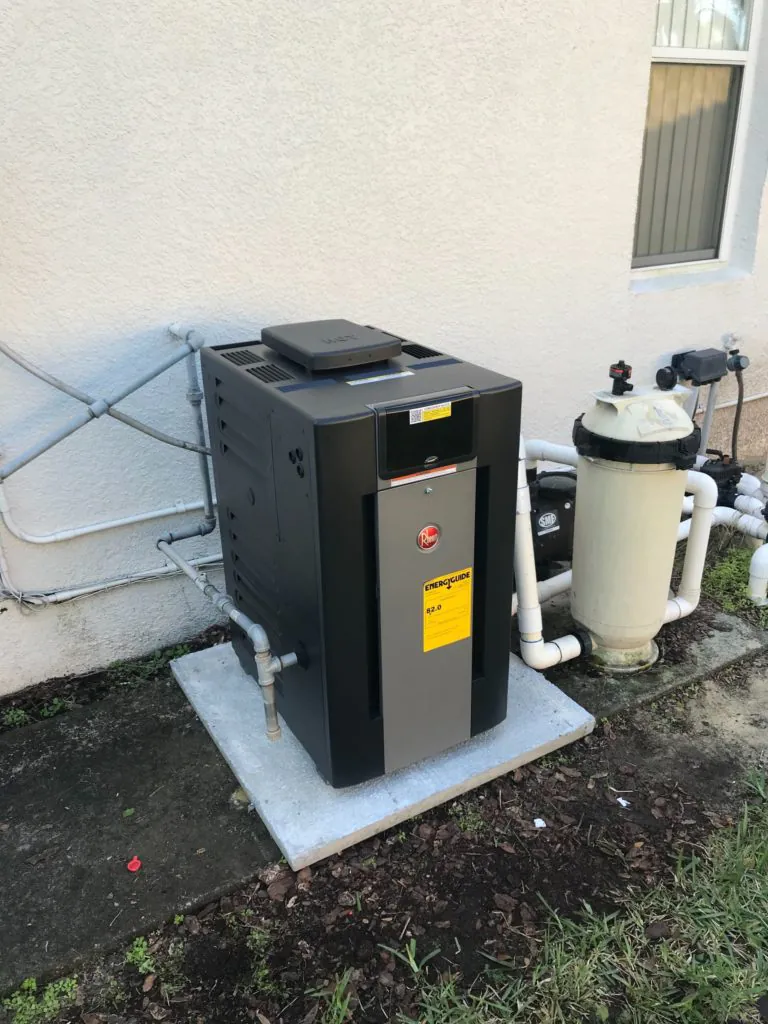
We see two types of pool heaters: heat pumps and gas pool heaters. Heat pumps cycle refrigerant by evaporating, compressing, and condensing it to heat your pool or spa; these heaters work very similarly to the heat pump inside your home. Gas pool heaters supply gas to a flame, which heats the water; this type of pool heater works more like a gas furnace. In both cases, the pool heater uses a heat exchanger to pass heat off into the water.
Heaters also have a water pressure switch that opens on low pressure. A few different situations can cause low water pressure. For example, you may have low water pressures when the pump turns off. You can also have low pressure if something restricts the water flow. However, just because the water has “pressure,” that doesn't necessarily mean there is an adequate flow to remove heat from the exchanger.
Heaters have high-limit switches for temperature, pressure, and refrigerant (if a heat pump). These high-limit switches will open and shut off the heater in a low-flow scenario.
In a heat pump, when the flow is low, the system will run high head pressure. In a gas heater, the exchanger can begin to cavitate and make a loud banging noise.
THE POOL PUMP CIRCUIT
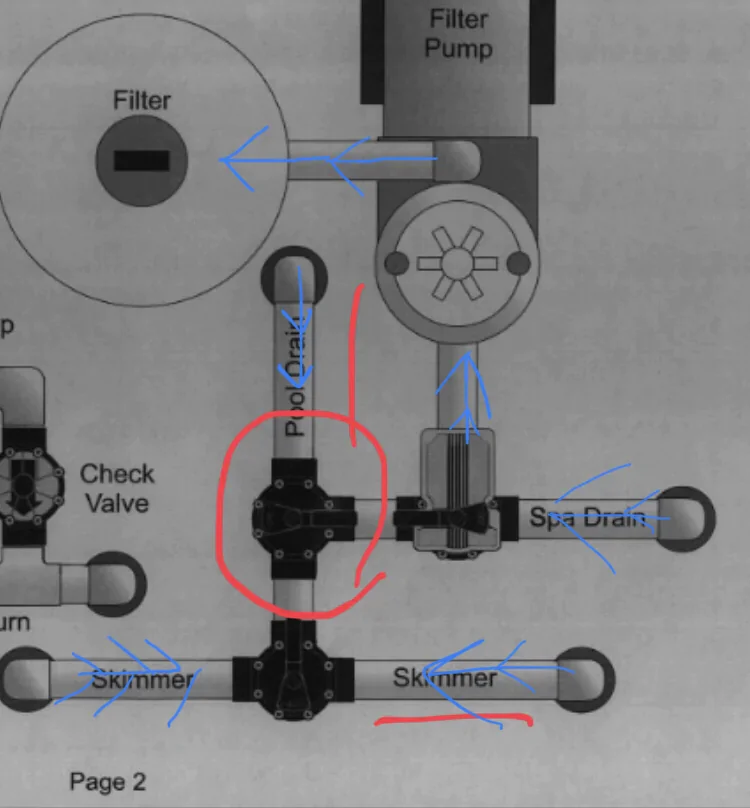
Your pool and spa will cycle water through a circuit for filtration and heating.
Your pool has drains at the bottom of it and skimmers at the surface. A pump pulls in water from the pool and spa drains and skimmers. The pump uses multiple valves right before the pump to isolate different sections of the intake if needed. In essence, we can shut off the pool, spa, or skimmer individually from the pump's intake.
Water enters the pump at a clear sight glass, and it meets a large screen trap that can catch any chunks of debris entering the pump. This screen trap gets dirty from time to time, so you may need a pool specialist to clean it.
Water then exits the pump into the pool's filter. The filter is a large cartridge that has the actual filtering material inside. As with the screen trap, the filter can clog up and block water flow. A pool specialist or technician can clean the filter and may even leave it out while they test the pool.
After the filter, water goes into the pool heater. Usually, there is a water bypass valve right at the heater's intake that allows water flow to go around the heater instead of through it. We don't need heat during the summers (and most other parts of the year in Florida), so water bypasses the heater most of the time. When the heater is actually heating the water, the water passes through the heater's heat exchanger and out.
Water then flows through a backflow safety valve before entering the high chemical chlorinator. This backflow safety valve is most commonly a one-way spring-loaded valve that closes when water flow stops. It protects the heater from chemicals flowing back into the exchanger when the pump is off.
Then, multiple valves direct water flow to the pool or spa jets or the waterfall/fountain fixture.
SPA MODE
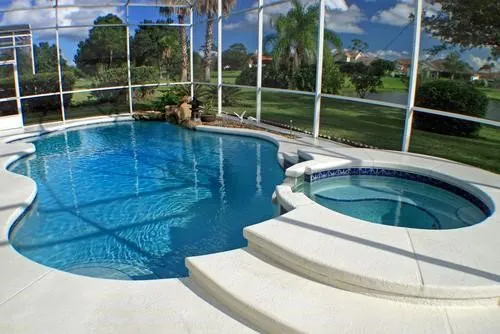
Pools with a spa can have two automatic actuators installed: one at the pump's pool/spa intake valves and one at the pool/spa jet return valves.
When in spa mode, the valve at intake closes off the section that pulls water out of pool drains and skimmers, only allowing water to be pulled from the spa drain.
And the second auto-actuator closes off the jet supply to the pool. So, it only feeds the spa jets. That is how the spa can be isolated and heated separately from the pool.
COMMON WATER FLOW ISSUES
All water flow issues deal with some sort of interruption to the pool pump circuit. Whether those interruptions occur at the filter, bypass valve, or skimmers, you will notice that your pool heater isn't operating as it should.
DIRTY POOL FILTER
A dirty pool filter wins for the most popular water flow issue on a heater service call. Luckily, it's also the easiest one to diagnose and fix.
You can overcome this issue by having a pool heater service tech or pool specialist remove the filter and run the pump again without a filter in. That is a temporary fix; most of the time, we will recommend that you contact your pool specialist to replace the filter.
If the issue is, in fact, a clogged filter, you should have no water flow problems once after replacing or cleaning the filter.
OPEN HEATER BYPASS VALVE
Another common water flow issue is an open heater bypass valve. A bypass valve is put in place near the intake to stop water from flowing through the heater when it's not in use.
When in bypass, the heater's water flow switch (i.e., the pressure switch) should open, and the heater will not run. An open bypass is okay for the summer months because we don't use the pool heater then. However, we want that bypass to be closed in the winter months so that the heater can work. If your pool heater's issue is an open bypass, the simple fix is to close the bypass.
The bypass valve is shown as closed in the picture below.
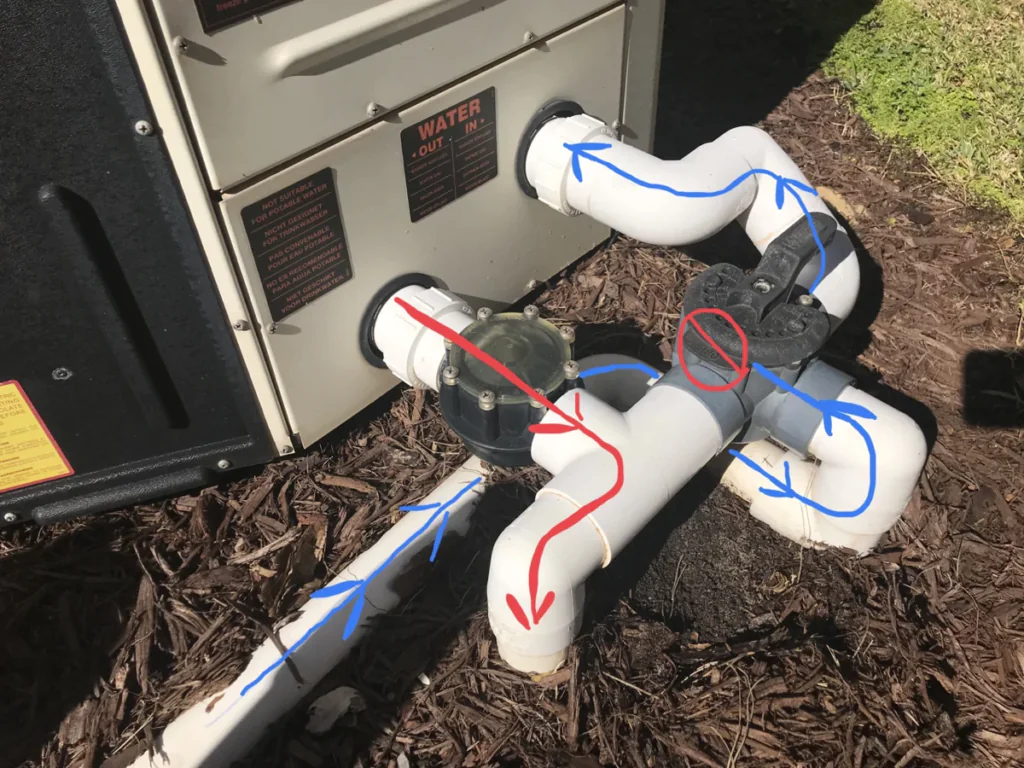
There is the occasional odd
AIR IN THE WATER CIRCUIT
You may notice lots of bubbles coming from the jets. If that's the case, you likely have air in the water circuit, which is another common flow issue.
This problem usually happens when the water level is low. When the pool level is low, the pump will begin pulling air in through the skimmer, which disrupts and reduces water flow.
In that case, we would turn the valve from skimmers off. That will pull water just from drains at the bottom of the pool/spa, not the skimmers. However, that is just a short-term fix; in most cases, we would recommend calling your pool specialist to fill your pool before opening the skimmers again.
Most water pressure and flow problems are easy to diagnose once there's a clear understanding of the pool circuit. We train our residential technicians to diagnose pool heater issues and offer options for fixing those issues. To learn more about what Kalos Services can do for your pool heater, visit www.kalosflorida.com/service/pool-heating-service/.

